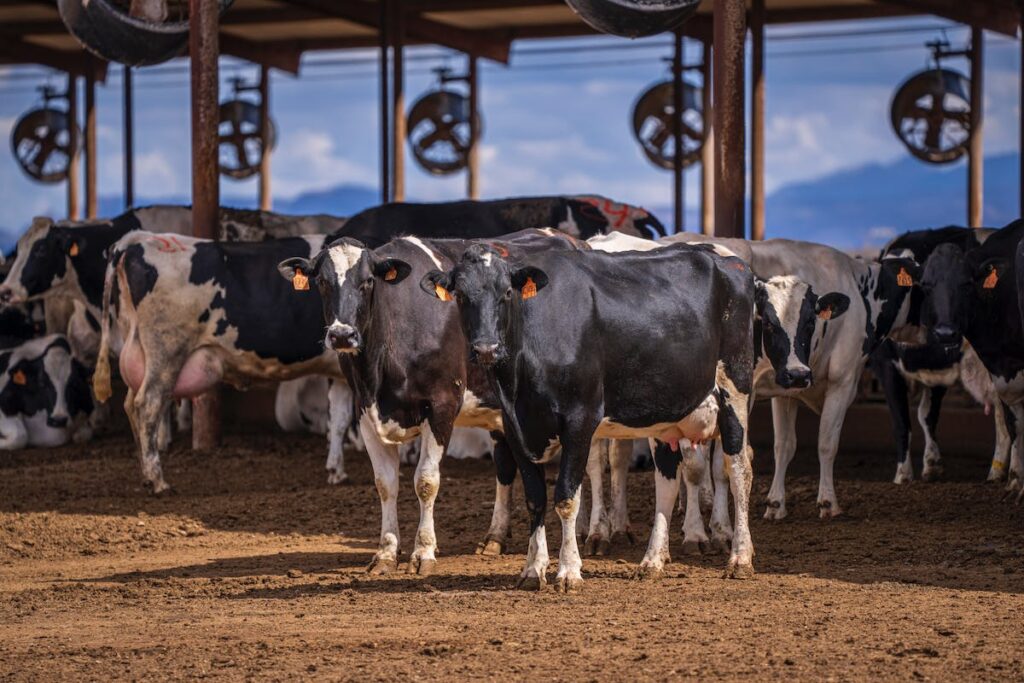
The environmental advantages of eating crickets over beef, pork, and chicken: A comparison.

Eating crickets can be a more environmentally friendly choice compared to consuming traditional livestock such as beef, pork, and chicken. Crickets require fewer resources and produce fewer greenhouse gas emissions than traditional livestock.
In terms of resource consumption, crickets require significantly less water than beef, pork, and chicken. It takes just one gallon of water to produce one pound of crickets, while it takes between 1,800 and 2,500 gallons of water to produce one pound of beef, 576 gallons for one pound of pork, and 469 gallons for one pound of chicken. This means that choosing crickets over traditional livestock can help to conserve water resources.
Crickets are also a more efficient protein source, requiring less feed than traditional livestock. It takes just two pounds of feed to produce one pound of crickets, while it takes between 4 and 8 pounds of feed to produce one pound of beef, 3.5 pounds for pork, and 2 pounds for chicken. This means that cricket farming is more resource-efficient and sustainable than traditional livestock farming.
Furthermore, crickets produce fewer greenhouse gas emissions than traditional livestock. The production of beef and pork generates high levels of methane, a potent greenhouse gas, while chicken production results in large amounts of carbon dioxide emissions. In contrast, cricket farming produces significantly fewer greenhouse gas emissions, making it a more environmentally friendly option.
Overall, eating crickets can provide significant environmental advantages compared to consuming traditional livestock. Crickets require fewer resources, are more efficient in protein production, and produce fewer greenhouse gas emissions. As awareness of the environmental impact of food production grows, incorporating crickets into our diets could be a sustainable solution to meeting the growing demand for protein.





